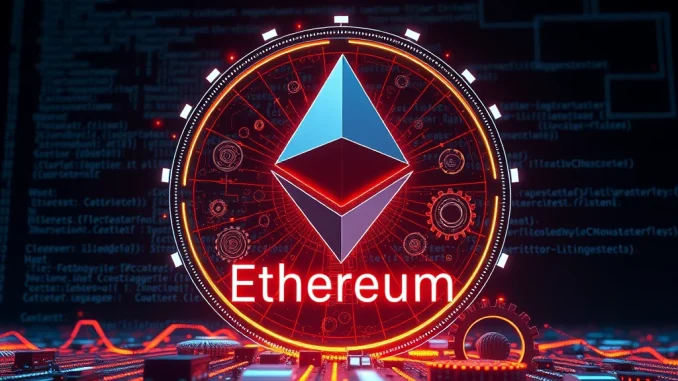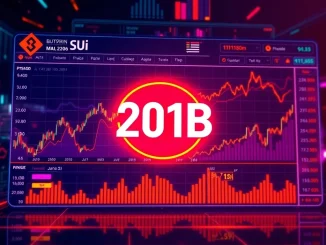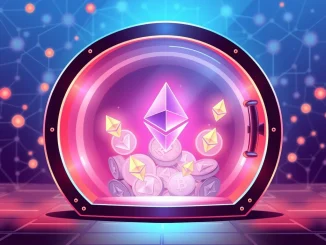
Are you tracking the latest developments on the Ethereum network? A significant Ethereum upgrade is on the horizon that could reshape how smart contracts function. The upcoming Fusaka upgrade, which includes the highly anticipated EVM Object Format (EOF), is currently planned for late 2025.
What is the EVM Object Format (EOF)?
The EVM Object Format (EOF) is a technical proposal aimed at standardizing and improving the structure of smart contract bytecode on the Ethereum Virtual Machine (EVM). Announced by the Ethereum Foundation’s Tomasz Kajetan Stańczak, this feature is a core part of the planned Fusaka upgrade. The primary goal is to make smart contract execution more efficient and predictable. By introducing a structured format for contract code, EOF seeks to address some of the limitations and complexities present in the current EVM environment.
When is the Fusaka Upgrade Expected?
According to recent communications, the Fusaka upgrade, which bundles several improvements including EOF, is tentatively scheduled for Q3 or Q4 2025. This timeline provides developers and users ample time to understand and prepare for the changes. While dates in blockchain development can sometimes shift, this gives a clear target for when these significant updates to Ethereum’s core functionality are expected to roll out.
Why is EVM Efficiency Important?
Improving EVM efficiency is crucial for the scalability and performance of the Ethereum network. More efficient code execution can lead to lower gas costs for users and faster transaction processing. The EOF aims to contribute to this by streamlining how smart contract bytecode is handled, potentially reducing redundant operations and simplifying analysis tools. This focus on efficiency is a continuous effort within the Ethereum development community to make the network more robust and accessible.
What are the Benefits and Challenges of EOF?
The proposed EVM Object Format comes with potential benefits but also faces developer scrutiny.
Benefits:
- Improved Efficiency: Standardizing bytecode format can lead to faster parsing and execution by the EVM.
- Enhanced Security: Phasing out certain dynamic jump instructions aims to make contract control flow more predictable and harder to exploit.
- Better Tooling: A defined format can simplify the development of analysis tools, debuggers, and optimizers for smart contracts.
Challenges and Criticisms:
- Complexity: Some developers argue that EOF introduces unnecessary complexity to the EVM, potentially increasing the learning curve.
- Over-Engineering: Criticisms suggest the proposal might be more intricate than required to achieve its goals, potentially creating new issues.
- Transition: Implementing the change across the network and ensuring compatibility requires significant coordination.
The debate reflects the rigorous process involved in upgrading a decentralized network like Ethereum, where proposals are openly discussed and refined.
Securing Ethereum Smart Contracts with EOF
A key security aspect of the EVM Object Format is the plan to phase out certain dynamic jump instructions. Dynamic jumps, while offering flexibility, can make it harder to statically analyze smart contract code, potentially hiding malicious logic or vulnerabilities. By restricting or removing these, EOF aims to improve code auditability and reduce the attack surface for certain types of exploits, thereby enhancing the overall security of Ethereum smart contracts.
Looking Ahead to the Fusaka Upgrade
The Fusaka upgrade, anchored by the EVM Object Format, represents another step in Ethereum’s ongoing evolution. While the Q3/Q4 2025 timeline provides a target, the successful implementation will depend on continued testing, community consensus, and addressing the valid concerns raised by developers. Keeping an eye on the progress of EOF and the broader Fusaka development is crucial for anyone involved with or building on Ethereum.
In summary, the planned Fusaka upgrade, featuring the EVM Object Format (EOF), is a significant technical update slated for late 2025. It aims to boost EVM efficiency and smart contract security through bytecode standardization and control flow restrictions, though it also sparks debate regarding its complexity among developers. This development highlights Ethereum’s continuous effort to refine its foundational technology.



